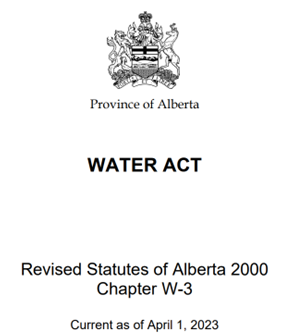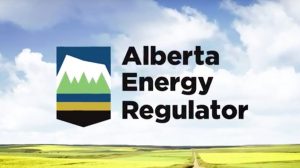At present, Canada does not have extensive groundwater monitoring, mapping, or modelling technology that identifies high groundwater flood-risk areas. Improving groundwater management and knowledge will be important for future flood preparedness and mitigation measures.

Policies and legislation addressing groundwater resources in Alberta apply at the provincial level. Research on groundwater, however, is done at the regional level, where specific information can be gained. Alberta groundwater research and policies apply only in Alberta, but there is transboundary cooperation with the province’s neighbours.

We provide Canadian educational resources on water practices to promote conservation and sustainability. Our team crafts current and relevant content, while encouraging feedback and engagement.
The Canada WaterPortal is a registered charity, #807121876RR0001
We recognize and respect the sovereignty of the Indigenous Peoples and communities on whose land our work takes place.
© 2025 All Rights Reserved.